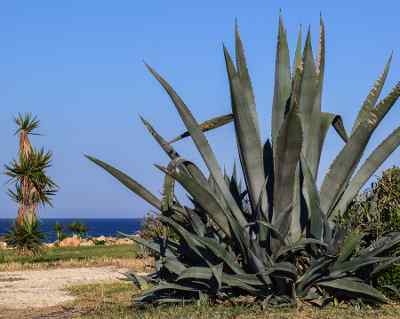Aloe Vera | How To Get The Good Stuff

Aloe Vera is known world-wide to have great medicinal properties. It can be found in skin lotion, cosmetics, ointments and shampoo. It is used topically for minor burns and sunburns.
I find it very ironic that regular people across the globe accept it as fact that Aloe Vera has great medical benefits and raise their nose to other natural remedies and cures. I find it ironic because many of those other natural cures are backed by hard science. However, believe it or not, Aloe Vera gets mixed reviews for medical studies of its properties.
Long-term repeated use of Aloe Vera is actually discouraged because it might have negative effects, including cancer!
A lesser known use of Aloe Vera is when taken by mouth it serves as a strong laxative. The FDA put a stop to that as an over the counter drug years ago.
Aloin is found between the outer leaf of the aloe plant and the gel on the inside. It is this Aloin that is thought to have negative properties. So avoiding the Aloin should take a lot of the worry out of using Aloe Vera.
People may be allergic to Aloe Vera so test with small amounts if you are unsure if you are allergic.
How to get at the good stuff!
Use a knife to cut off a leaf of an Aloe Vera plant. Select a leaf that is thick and green. Cut it relatively close to the base of the plant. Stand the aloe leaf with the cut-end down in a container. After about 10-15 15 minutes you should have a fair amount of yellow sap. This is the laxative if that is what you wanted. Small leaves may not have much sap to drain.
Now cut off the tip and cut off the serrated edges of the leaf. Lay the aloe leaf flat on the cutting board and cut the leave in two, right across the middle of the leaf. Now scoop out the clear gel from inside the leaf.
The gel does not store for long periods of time so it is best to only collect the medicine when you have a need for it.
Luckily the plants move very slowly so it will likely be in the same spot where you last saw it! LOL. Just kidding, the plants don't move.
